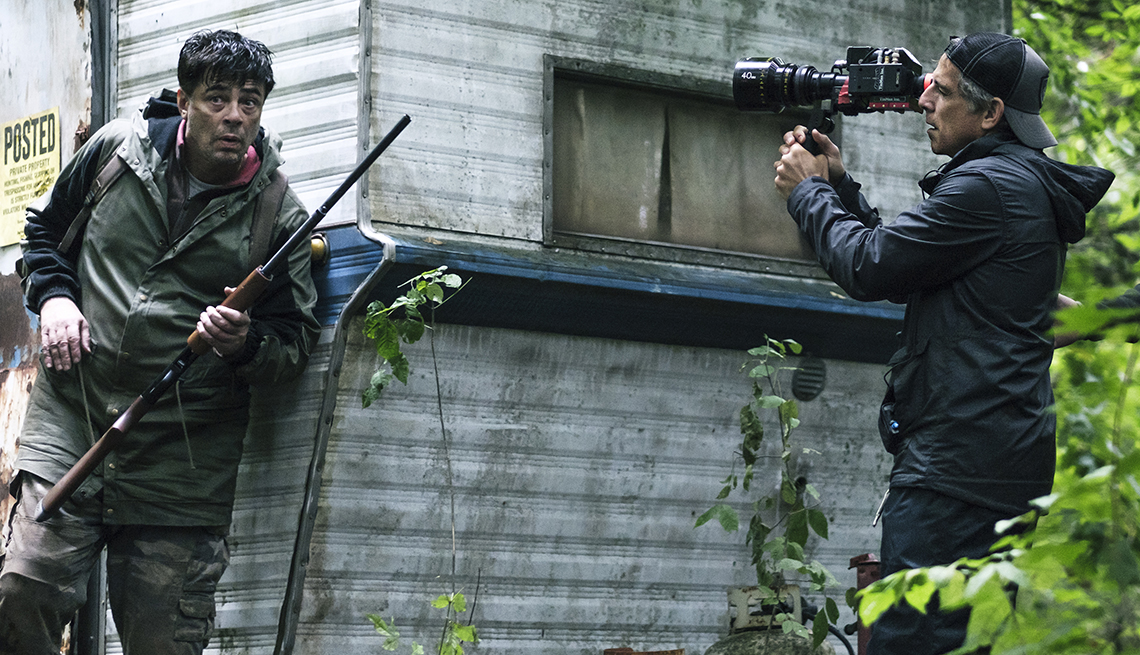Real-Life Thrills and Psychological Depths: Escape at Dannemora
Showtime’s limited series Escape at Dannemora is a tense, character-driven dramatization of one of the most shocking prison escapes in modern American history. Premiering in 2018 and directed by Ben Stiller, the seven-episode series dives deep into the 2015 real-life escape from Clinton Correctional Facility in upstate New York. What makes the series so compelling isn’t just the daring breakout—it’s the emotional and psychological unraveling of those involved.
The story centers on Joyce “Tilly” Mitchell, a civilian employee who works in the prison's sewing workshop. Lonely and emotionally neglected in her marriage, Tilly becomes romantically involved with two inmates: Richard Matt and David Sweat. Unbeknownst to her superiors, she begins smuggling tools and assisting the men in crafting a bold escape plan. The show opens in the aftermath, with her being questioned by authorities, and then slowly unpacks how this bizarre triangle evolved over time.

Patricia Arquette’s portrayal of Tilly is transformative and unflinching. She disappears into the role, capturing the desperation, denial, and quiet chaos that define Tilly’s actions. Her performance earned widespread critical acclaim, including a Golden Globe and a Screen Actors Guild Award. Benicio del Toro plays Richard Matt with calculated menace, charisma, and manipulation, while Paul Dano’s David Sweat is more reserved—quietly intelligent, often cautious, yet still complicit.
The show stands out for its slow-burn structure. Rather than rushing into the sensational aspects of the escape, it spends time developing the atmosphere inside the prison and the small, decaying town around it. There’s a haunting stillness to the setting—both physical and emotional—that makes every decision, every gesture, feel weighty. The show isn’t just about how two men broke out of prison—it’s about how multiple people were already imprisoned by their circumstances long before anyone crawled through a tunnel.
Stiller’s direction emphasizes realism over drama. The prison interiors feel cold and claustrophobic. The rural landscapes feel forgotten and isolating. Filmed in real locations close to where the true events happened, the series creates an authentic sense of place and decay. The manhunt sequence in the final episodes is gripping, but it never loses sight of the emotional costs behind the chase.

While some viewers found the pacing deliberate—perhaps even too slow—the measured storytelling ultimately pays off by allowing characters to develop in full psychological depth. It’s a series about more than just an escape; it’s about the human capacity for delusion, the hunger for connection, and the danger of blurred boundaries.
_Escape at Dannemora_ was critically acclaimed and recognized as one of the best limited series of its year. What could have easily become a sensationalist true crime story instead became a chilling meditation on desire, manipulation, and isolation.
By the end, viewers are left with the unsettling realization that the true escape wasn’t just physical—it was emotional and existential. The people involved were each, in their own way, trying to break free from invisible cages. And that’s what makes Escape at Dannemora such an unforgettable watch.



